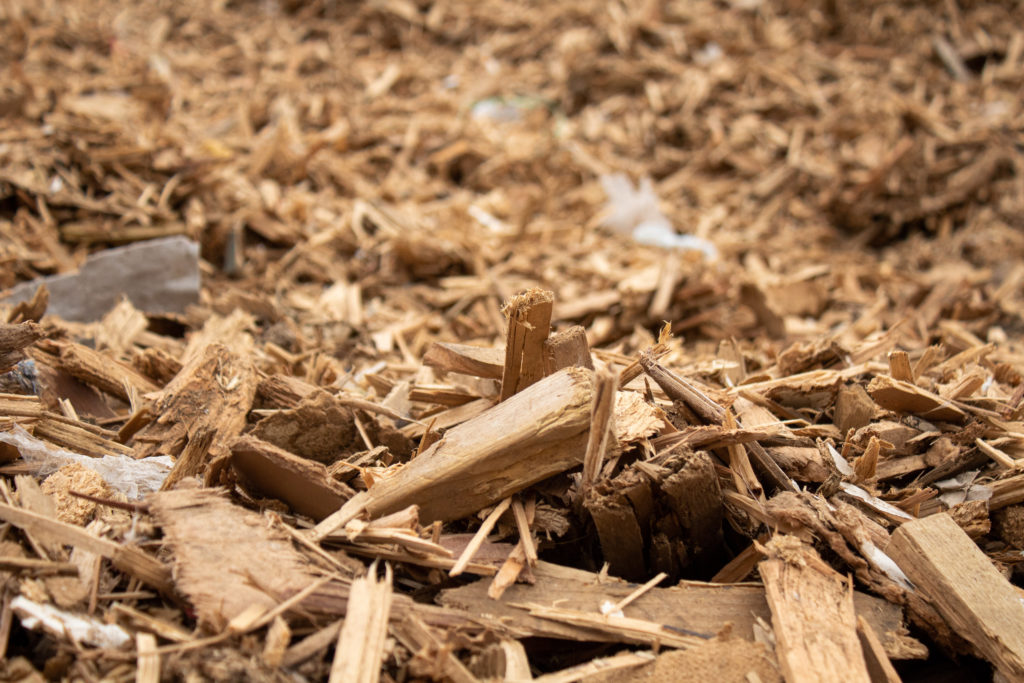RWE Innogy UK has begun burning wood at its biomass plant in Markinch, producing heat and electricity for the national grid and the neighbouring Tullis Russell paper mill.
The 200 million combined heat and power (CHP) facility, for which construction began in 2010, will burn between 400,000 and 425,000 tonnes of wood a year, with around 90% of the feedstock comprised of recovered wood and 10% made up of virgin material.

With an installed capacity of 65MW, the facility will be able to supply a maximum of 17MW of electricity and 120 tonnes of industrial steam per hour to paper manufacturer Tullis Russell, which until now had received its energy from an adjacent coal-fired power plant, in the process of being decommissioned under the Large Combustion Plant Directive.
In addition, the biomass plant will also produce an additional 25MW to be exported to the National Grid, and reduce carbon emissions by 250,000 tonnes per annum.
It is hoped the project will help safeguard Tullis Russells future operations in the Glenrothes area which currently employs more than 500 people at its Markinch paper mill.
RWE Innogy UK which is a subsidiary of German-owned RWE Innogy – was formerly known as RWE npower renewables before it changed its name in January this year to clarify its pan-European position.
Progress
Speaking to letsrecycle.com, RWE Innogy UK biomass wood procurement manager Richard Coulson said operations at the plant are now ready to go ahead, despite past delays to the schedule.
‘In terms of progress, we have come through the commissioning phase and have entered commercial operation. This year we have started to supply electricity to the National Grid and have also begun fulfilling Tullis Russells heat demand.’
– Richard Coulson, RWE biomass wood procurement manager
He said: In terms of progress, we have come through the commissioning phase and have entered commercial operation. This year we have started to supply electricity to the National Grid and have also begun fulfilling Tullis Russells heat demand. We are now trying to fine tune the plant and optimise it.
The plant has been severely delayed, there is no secret about that. The construction process took much than longer than we expected, and we would like to thank our suppliers for their patience and working with us over the past year.
RWE has already signed a series of supply contracts with firms including skip hire provider DJ Laing and Fife council, as well as Stobart Biomass.
However, one of its largest long-term supply contracts was signed with SITA UK for 50 million in April 2012, with the waste contractor expected to provide at least 50% of the waste wood feedstock for the facility which it began delivering in March 2013 (see letsrecycle.com story).
Market

Commenting on what impact the completion of the Markinch facility would have on the waste wood market, Mr Coulson said it made sense for the plant to consume some of the 400,000 tonnes of waste wood currently exported to Europe each year .
He also added that it would help to replace some of the domestic capacity lost when Sonae closed its waste-fed chipboard plant in Knowsley in 2012 (see letsrecycle.com story).
He said: While quality is an essential part of the process, the wood that we are burning in the main is end of life low grade recovered wood; we can burn MDF board which is notoriously difficult to recycle. Three years ago Sonae were using the same amount of material that we intend to, so realistically it brings usage back to pre-Sonae days.
Related Links
Supply and demand will tighten in the UK in the next couple of years as more sites become operational. Investors will want to see that the feedstocks are there and that will become more difficult to prove in the coming years.







Subscribe for free